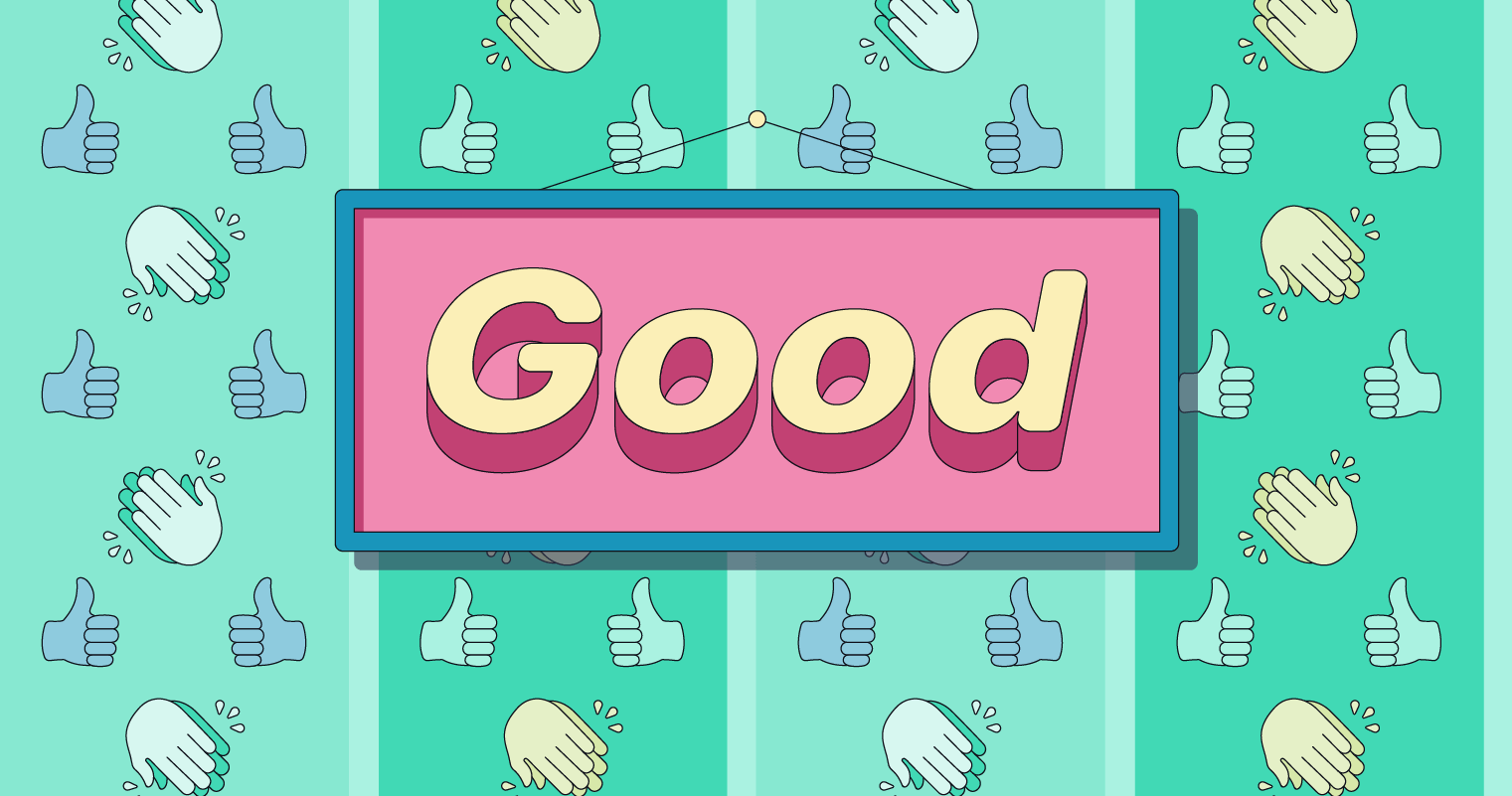Good Morning In Italiano - Your Friendly Guide
Starting your day among local people with the right “good morning” can go a long way in Italy, where greetings are a really important part of the way people connect. It's like, you know, a little key that unlocks a bit of warmth and makes your interactions feel more genuine. Just imagine waking up to a friendly Italian greeting; it just invites a sense of closeness and connection, doesn't it?
Knowing how to offer a "good morning" in Italian can really make your chats flow better, especially if you find yourself visiting Italy or just having a talk with friends who speak Italian. It shows you give thought to their ways and helps you bond more easily. There are different ways to greet someone when the day begins in Italian, depending on whether you’re in a more formal situation, hanging out casually, or with people from your family, too it's almost a little art form.
This little guide will give you a simple way to get started with Italian pronunciation, especially for those just picking up the language. We will explore ways to say "good morning" in Italian, giving you both the more formal and the relaxed greetings. So, if you’re eager to learn how to greet someone in Italian when the day starts, you've come to the right place. Whether you want to leave a good impression on your Italian friends, people you work with, or simply want to learn a new saying, giving a "good morning" in Italian can bring a smile to everyone’s face, honestly.
Table of Contents
- What's the Simplest Way to Say Good Morning in Italiano?
- Getting Your Good Morning in Italiano Just Right
- Why Does Good Morning in Italiano Matter So Much?
- Making Connections with Good Morning in Italiano
- Are There Other Ways to Say Good Morning in Italiano?
- Different Settings for Good Morning in Italiano
- How Do You Respond to Good Morning in Italiano?
- The Curious Case of "Buona Mattinata" for Good Morning in Italiano
What's the Simplest Way to Say Good Morning in Italiano?
The most common saying for "good morning" in Italian is "buongiorno." This word, you know, is made up of "buon," which means "good," and "giorno," which means "day." It's a pretty straightforward combination when you think about it. You’ll hear "buongiorno" pretty much everywhere, from bustling city streets to quiet little towns. It's what people typically reach for when they want to offer a greeting at the start of the day. In fact, it’s probably one of the very first things you’ll want to get down when you’re learning Italian, honestly.
Now, while "buongiorno" is the go-to for mornings, Italians often shift to "buon pomeriggio" for "good afternoon" once it’s past noon. However, it’s worth noting that "buongiorno" can still be used even after the midday mark, especially in more relaxed situations. It’s a versatile little word, in a way. In casual settings, "buongiorno" feels quite friendly, and in more formal situations, it serves as a polite and proper greeting, too it's almost like a universal key.
Getting Your Good Morning in Italiano Just Right
To really sound like you know what you’re doing when you say "good morning" in Italian, getting the pronunciation right is a big step. You want to hear the Italian sounds spoken by someone who speaks it naturally, so you can pick up on the rhythm and the way the words flow. It’s not just about saying the letters, but about making the sounds correctly. Practicing with a native speaker’s example can make a real difference in how natural you sound, you know, helping you fit in more easily.
- What Does Bella Robertson Do For A Living
- Ll Cool J Wife And Family
- 365chula Of Ed
- Brattygbaby
- Lainey Wilson Cowboy Boots
There are some simple tips that can help you with the sounds, and also with common ways people say things, and even some friendly other choices for "good morning" in Italian. Getting the little details of how words are said can help you speak with more confidence. It's like learning the tune of a song, rather than just the words. This kind of careful attention to how you speak can really make your Italian sound more authentic, pretty much from the start.
Why Does Good Morning in Italiano Matter So Much?
Knowing how to say "good morning" in Italian can make your conversations better, particularly if you’re visiting Italy or just having a chat with Italian friends. It shows you have respect for their customs and helps you connect with people more deeply. A simple greeting can bridge a gap and make interactions feel more personal. It’s a small gesture that carries a lot of meaning, truly, showing you care about the culture and the people you’re talking to.
Greeting someone when the day starts really sets the mood for the hours that follow. Whether you’re on a trip to Italy or simply want to add some Italian flair to your daily chats, knowing how to say "morning" in Italian is pretty important. It’s one of those basic building blocks for communication. This little bit of language can open doors to warmer interactions and make your time with Italian speakers much more enjoyable, you know, in a genuine way.
Making Connections with Good Morning in Italiano
Learning how to greet someone in Italian in the morning can really help you connect with people. It’s like a friendly wave that says, "I see you, and I appreciate you." This skill can improve your ability to talk with others, especially when you are around Italian friends or people you work with. It shows a willingness to engage and be part of the local way of doing things, which is pretty much always a good thing, to be honest.
When you use a phrase like "good morning" in Italian, it can bring a smile to everyone’s face. It's a simple act of kindness and recognition. This kind of interaction can make your visits to Italy feel more real, allowing you to experience the culture in a more personal way. It also makes your friends feel valued when you speak a bit of their language, which is a nice feeling for everyone involved, naturally.
Are There Other Ways to Say Good Morning in Italiano?
While "buongiorno" is the most popular way to say "good morning" in Italian, you can actually use many other Italian greetings when the day begins. It's not just a one-size-fits-all situation. Knowing these different options gives you more flexibility and helps you sound more like a local. You can practice these other ways as you learn Italian, and you’ll be ready to talk with people from greeting a shopkeeper to chatting with someone at a cafe, you know.
We’ll look at six different ways to say "good morning" in Italian. This includes not only the well-known greetings but also some less common ones that might fit specific situations. It's good to have a few phrases in your pocket for different times of day or different people you might meet. Discovering these little bits of language can make your conversations much richer, giving you more ways to express yourself, as a matter of fact.
Different Settings for Good Morning in Italiano
There are different ways to greet someone in the morning in Italian, depending on whether you’re in a formal setting, hanging out casually, or with family. For example, you might use a slightly more formal version when speaking to an older person you don't know well, or a very relaxed one with close friends. This guide will give you both formal and informal greetings, so you’re prepared for various social situations, basically.
Understanding these different ways helps you pick the right words for the right moment. Plus, it helps you get a sense of how Italians use language in their daily lives. We’ll also cover a few regional variations, because, like in many places, different parts of Italy might have their own special ways of saying "good morning" in Italian. It’s quite interesting how language changes from one area to another, really.
How Do You Respond to Good Morning in Italiano?
Waking up to a greeting in Italian invites warmth and connection, and knowing how to answer back in a clever and real way can make your interactions even better. It’s not just about saying "good morning" yourself, but also about how you take in and reply to someone else's greeting. This guide gives you a collection of phrases, each with its English meaning, to make your morning talks more full and interesting, you know, truly conversational.
Being able to respond properly shows that you’re engaged in the conversation and that you understand the social cues. It’s a sign of good manners and a way to keep the friendly exchange going. Whether someone says "buongiorno" to you in a shop or on the street, having a ready reply makes you feel more comfortable and confident. It’s a pretty simple skill that makes a big difference in how you connect with people, honestly.
The Curious Case of "Buona Mattinata" for Good Morning in Italiano
You might notice that "buona" means "good" and "mattinata" means "morning," making "buona mattinata" the literal way to say "good morning" in Italian. So, you might wonder, why isn’t it the most common way to say "good morning" in Italian? It's a good question, and it points to how language can sometimes be a bit different from a direct word-for-word translation, in some respects.
While "buona mattinata" is grammatically correct and means "good morning," "buongiorno" has simply become the established and widely used phrase for a morning greeting. "Buona mattinata" is more about wishing someone a good *duration* of the morning, rather than a general greeting at the start of the day. It’s like saying "have a good morning" rather than just "good morning." It’s a subtle difference, but one that native speakers generally pick up on, you know, instinctively.
Expressing greetings is a very important part of daily communication, and knowing how to say "good morning" in Italian can help you start your day on a positive note. Whether you’re planning a trip to Italy or simply want to add a touch of Italian charm to your mornings, this guide will give you various formal and informal ways to greet someone when the day begins. It's all about making those connections and feeling a little closer to the culture.

Examples of Other Ways to Say “Good” | Grammarly

Animated illustration of good sign | UGOKAWA

On ‘Good,’ The Most Commonly Used Word in Practice | Teach Like a Champion